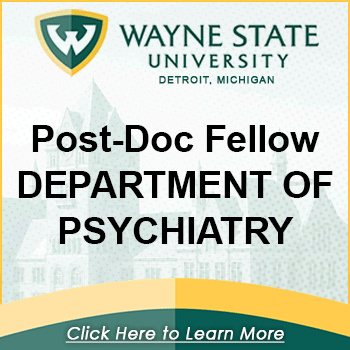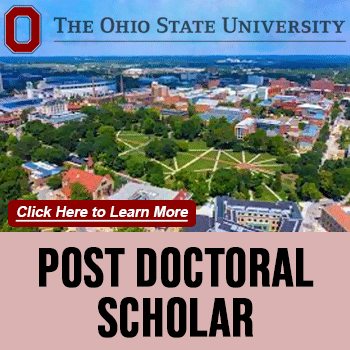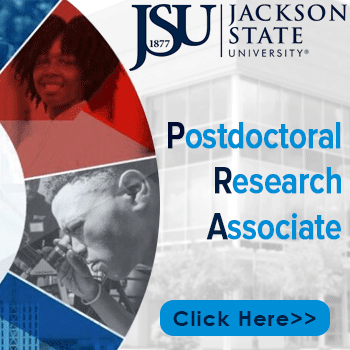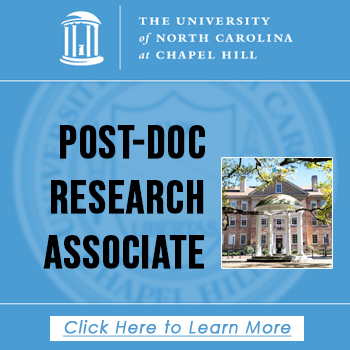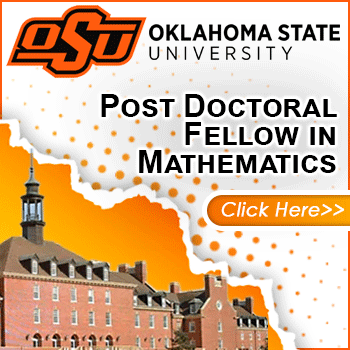
Postdoctoral Associate
Job Description
POSTDOCTORAL ASSOCIATE, Nuclear Science and Engineering, to focus on synchrotron-based X-ray computed tomography (XCT) data collection and analysis. The data analysis efforts will include developing and implementing artificial intelligence-based tools to enhance and accelerate XCT pre- and post-processing from sparse radiographic data collected during dynamic experimentation. XCT is an imaging technique that uses X-ray radiation to generate three-dimensional images of internal object structures. It is used to detect and quantify a wide variety of surface-connected and internal defects such as density variations, cracks, cavities, voids, porosity, inclusions, and impurities in materials. However, XCT is a relatively slow and costly technique due to the large number of radiographs required to provide a high-quality volume reconstruction. Additionally, noise and artifacts are generated in the images when measuring materials with high X-ray absorption, such uranium containing alloys. Responsibilities will include developing and implementing artificial intelligence-based tools to enhance and accelerate XCT pre- and post-processing from sparce radiographic data collected during dynamic experimentation; traveling to synchrotron light sources to conduct targeted ex-situ, in-situ, and operando tomography studies; writing progress reports; and performing other duties as needed.
Job Requirements:REQUIRED: Ph.D. in materials science and engineering, solid state physics, or related field by September 1, 2024; background in programming, preferably with Python, artificial intelligence, and tomographic data processing; ability to perform in situ or operando measurements using X-ray computed tomography; and ability to build and set up furnace compatible with beamline configuration and to work as part of a team and support other group members during their beamtime. PREFERRED: knowledge of physical metallurgy and a publication record in X-ray tomographic technique. Job #23937
Must be able to travel to synchrotron facilities such as the American Physical Society (APS), National Synchrotron Light Source II (NSLS II), and European Synchrotron Radiation Facility (ESRF) for extended days.
4/18/24
*Please mention you saw this ad on Postdoctorals.*
Be Seen By Recruiters at the Best Institutions
Create a FREE Profile to be Seen!

